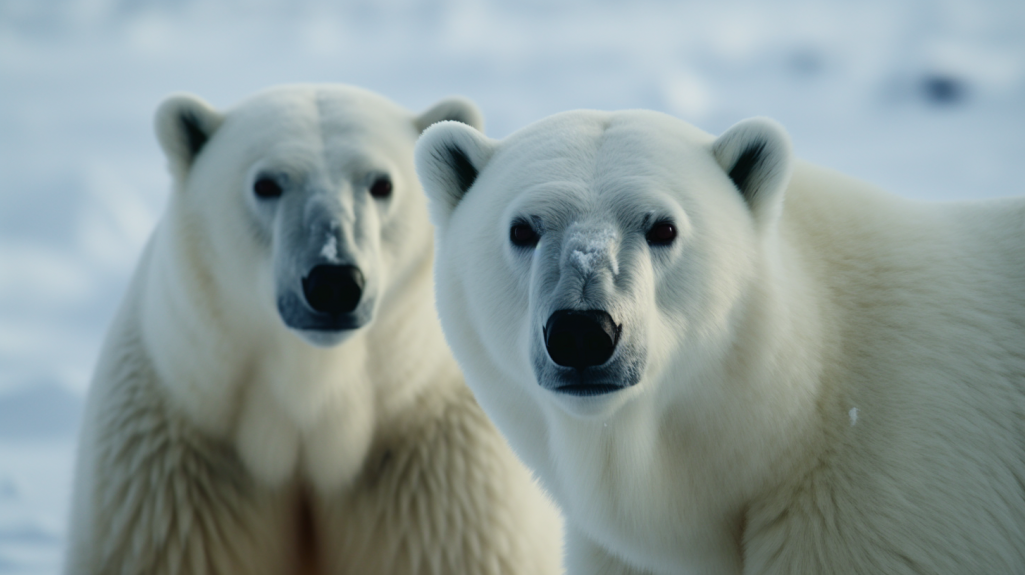Climate Change and Biodiversity Loss: Unraveling the Interconnected Web
In recent decades, the planet has witnessed a surge in environmental challenges, with climate change emerging as a primary driver of ecological disruption. One of the most alarming consequences of this global phenomenon is the accelerated loss of biodiversity. As temperatures rise, weather patterns become unpredictable, and ecosystems transform, the delicate balance that sustains the world’s diverse array of species is under severe threat. This article delves into the intricate relationship between climate change and the deletion of biodiversity, unraveling the complex web of consequences that imperil life on Earth.
Habitat Disruption:
Climate change is fundamentally altering the Earth’s climate systems, leading to shifts in temperature, precipitation patterns, and sea levels. These changes, in turn, disturb the habitats of countless species. Many plants and animals are finely tuned to specific climatic conditions, and even subtle alterations can render their habitats unsuitable. As temperatures rise, species may be forced to migrate to find suitable conditions, often leading to competition for resources and, in some cases, isolation from essential elements required for survival.
Extreme Weather Events:
The increasing frequency and intensity of extreme weather events – such as hurricanes, droughts, floods, and wildfires – are direct consequences of climate change. These events have devastating effects on ecosystems and their inhabitants. Species adapted to specific environmental conditions may struggle to cope with sudden, severe changes, leading to population declines and, in some cases, extinction. Moreover, extreme weather events can exacerbate existing threats and disrupt the intricate ecological balance that sustains biodiversity.
Ocean Acidification and Coral Bleaching:
The world’s oceans, vital hubs of biodiversity, are particularly vulnerable to climate change. Rising temperatures contribute to ocean acidification, a process in which increased carbon dioxide levels lead to a decline in pH. This acidification poses a severe threat to marine life, especially organisms with calcium carbonate skeletons, such as corals and mollusks. Coral reefs, known as the rainforests of the sea, are especially susceptible. Warmer waters also cause coral bleaching, a phenomenon in which stressed corals expel symbiotic algae, resulting in the loss of vibrant colors and increased susceptibility to disease.
Altered Migration Patterns:
Many species rely on specific cues, such as temperature and day length, to initiate migration patterns critical for their survival and reproduction. Climate change can disrupt these natural cues, leading to mistimed migrations or the failure to adapt to changing conditions. For migratory species, this can result in a lack of food resources, decreased reproductive success, and population decline.
Spread of Invasive Species:
As temperatures rise, the geographical ranges of many species are expanding, and some are moving into new areas. This creates opportunities for invasive species to thrive in regions where they were previously limited by climate constraints. Invasive species often outcompete or prey upon native species, leading to declines in biodiversity. The spread of invasive species can also introduce new diseases, further threatening vulnerable populations.
Conclusion:
Climate change is undeniably linked to the deletion of biodiversity, creating a perilous situation for the intricate web of life on Earth. Urgent and coordinated global action is required to mitigate climate change, adapt to its inevitable impacts, and protect the planet’s diverse ecosystems. By understanding the complex interplay between climate change and biodiversity loss, we can work towards solutions that safeguard the richness of life on our planet for generations to come.

